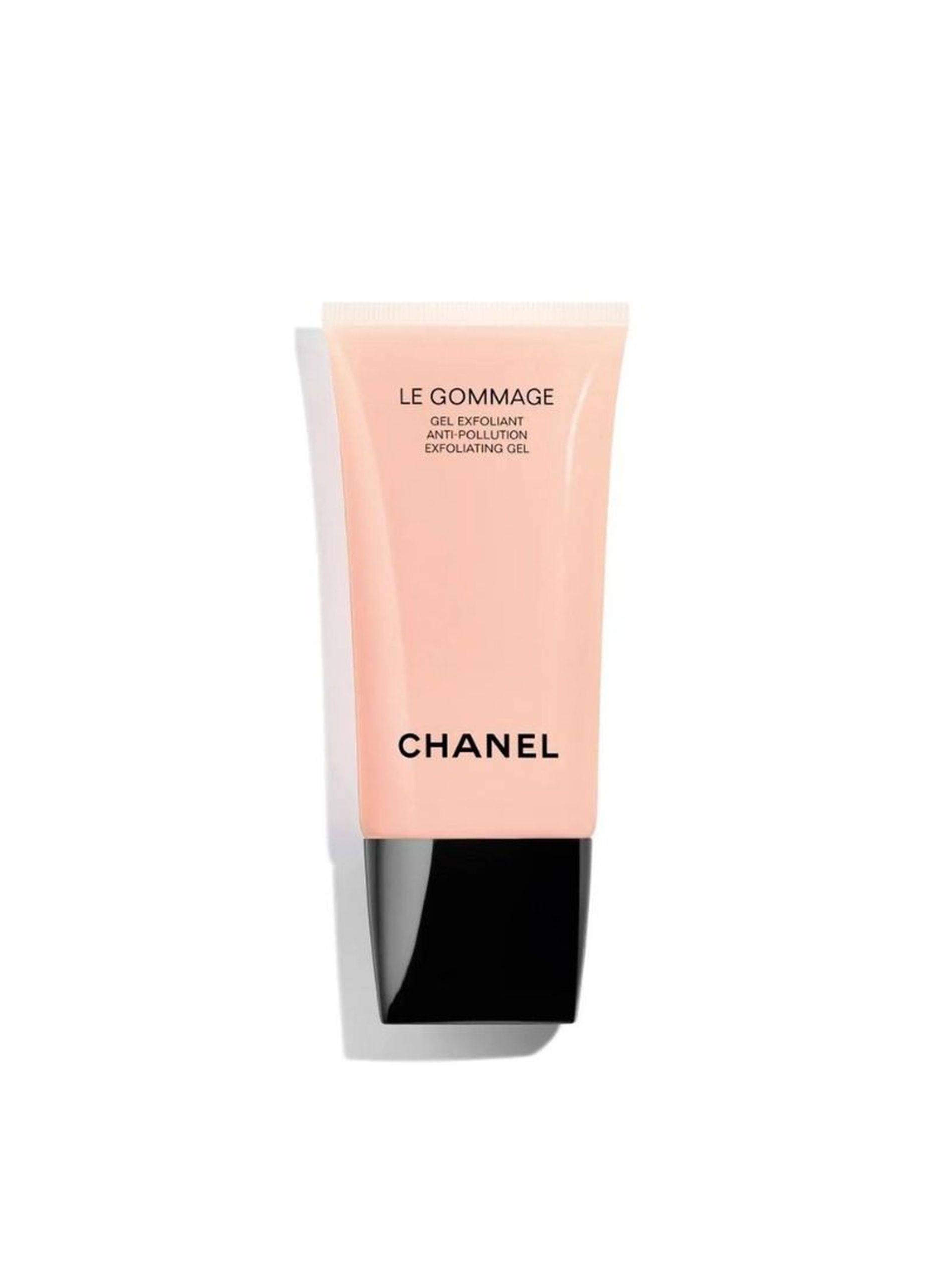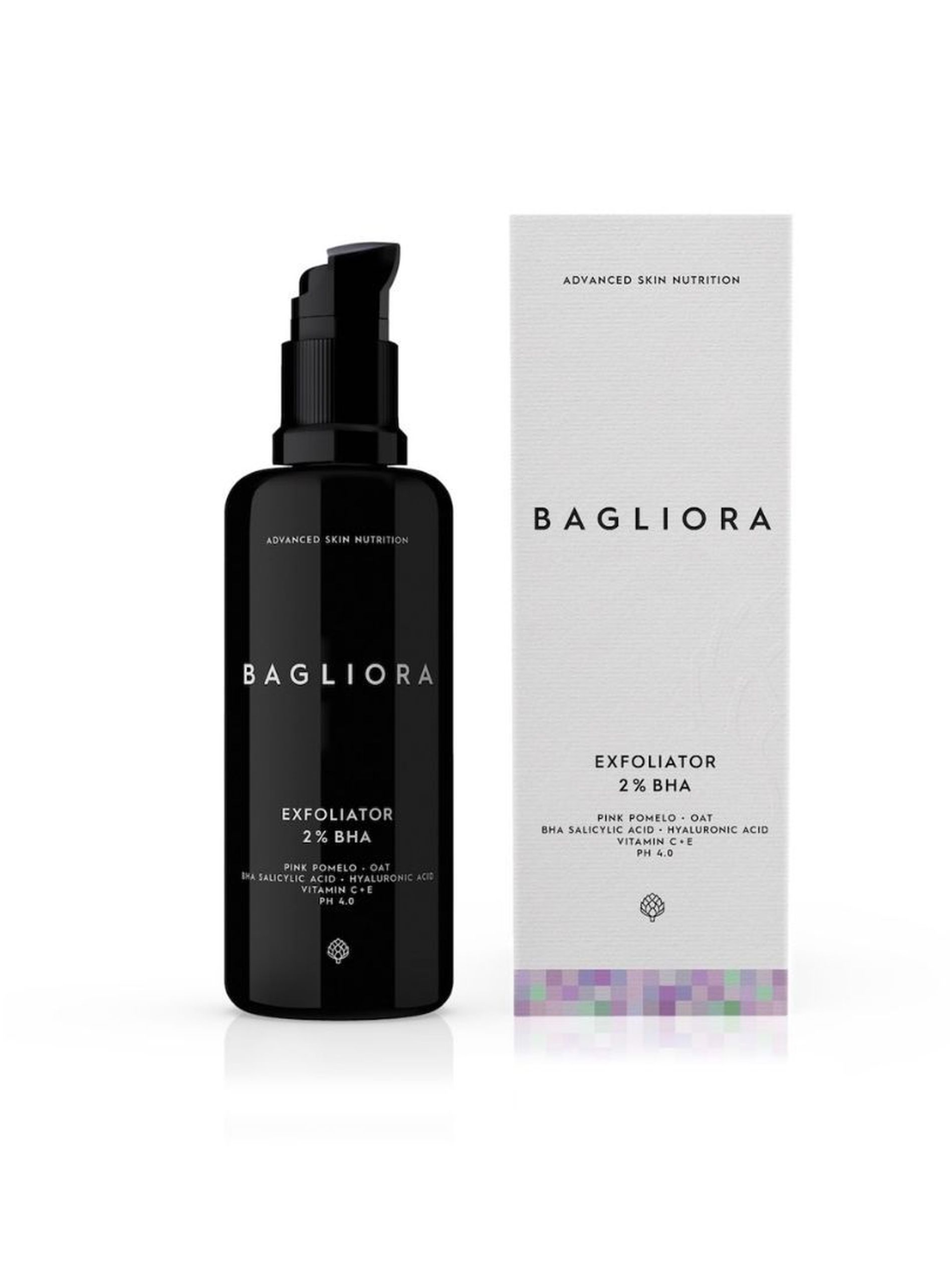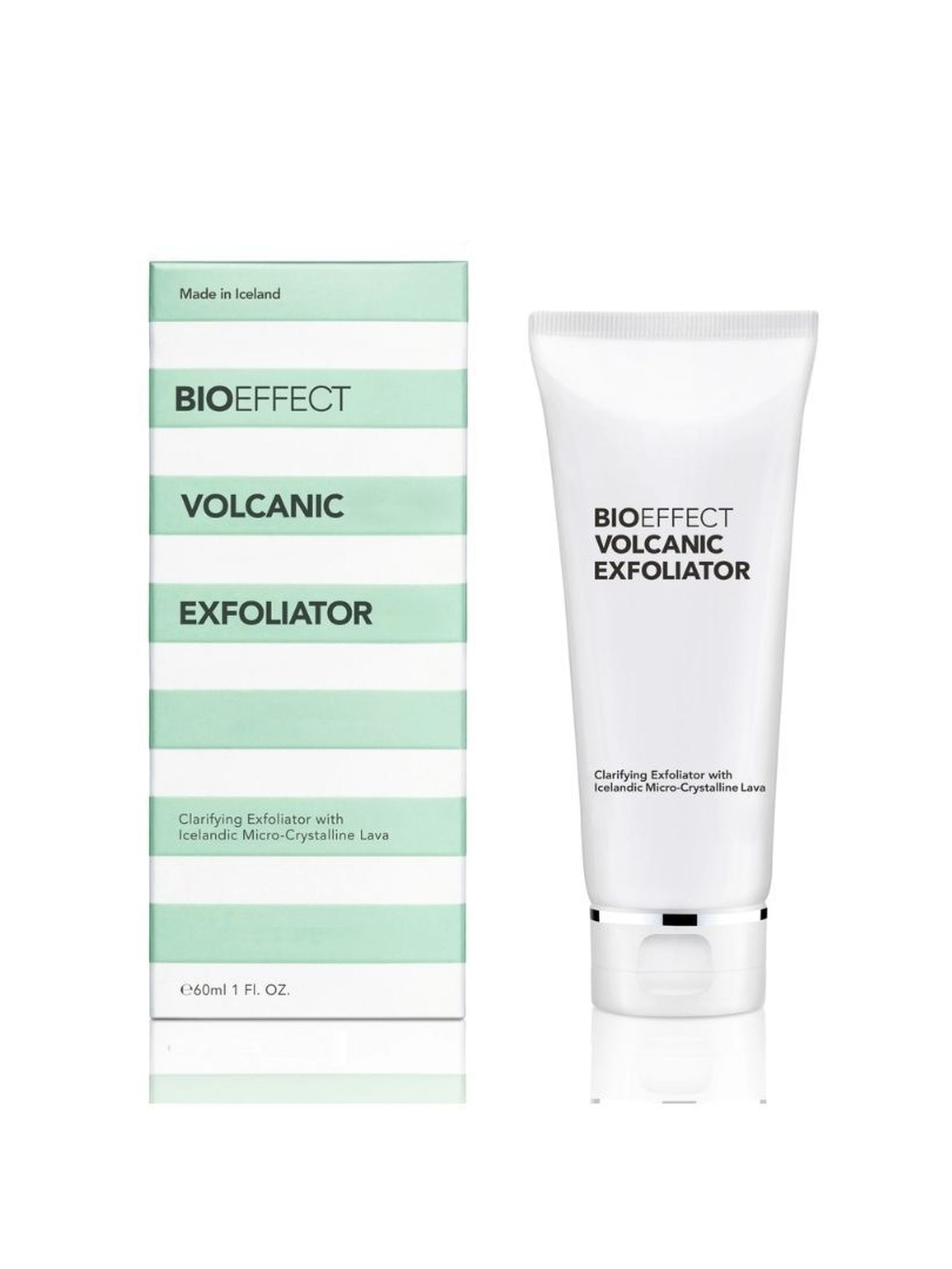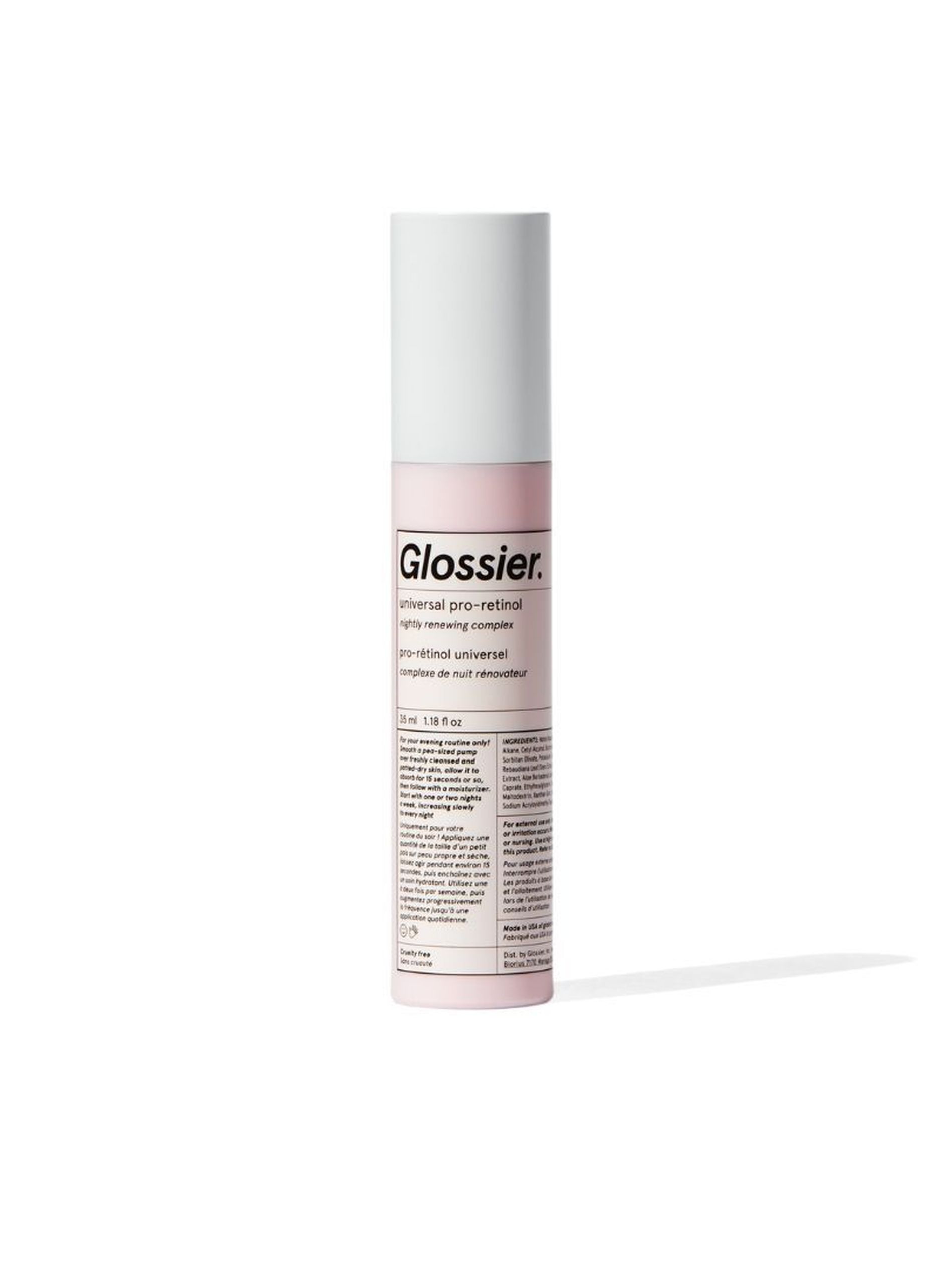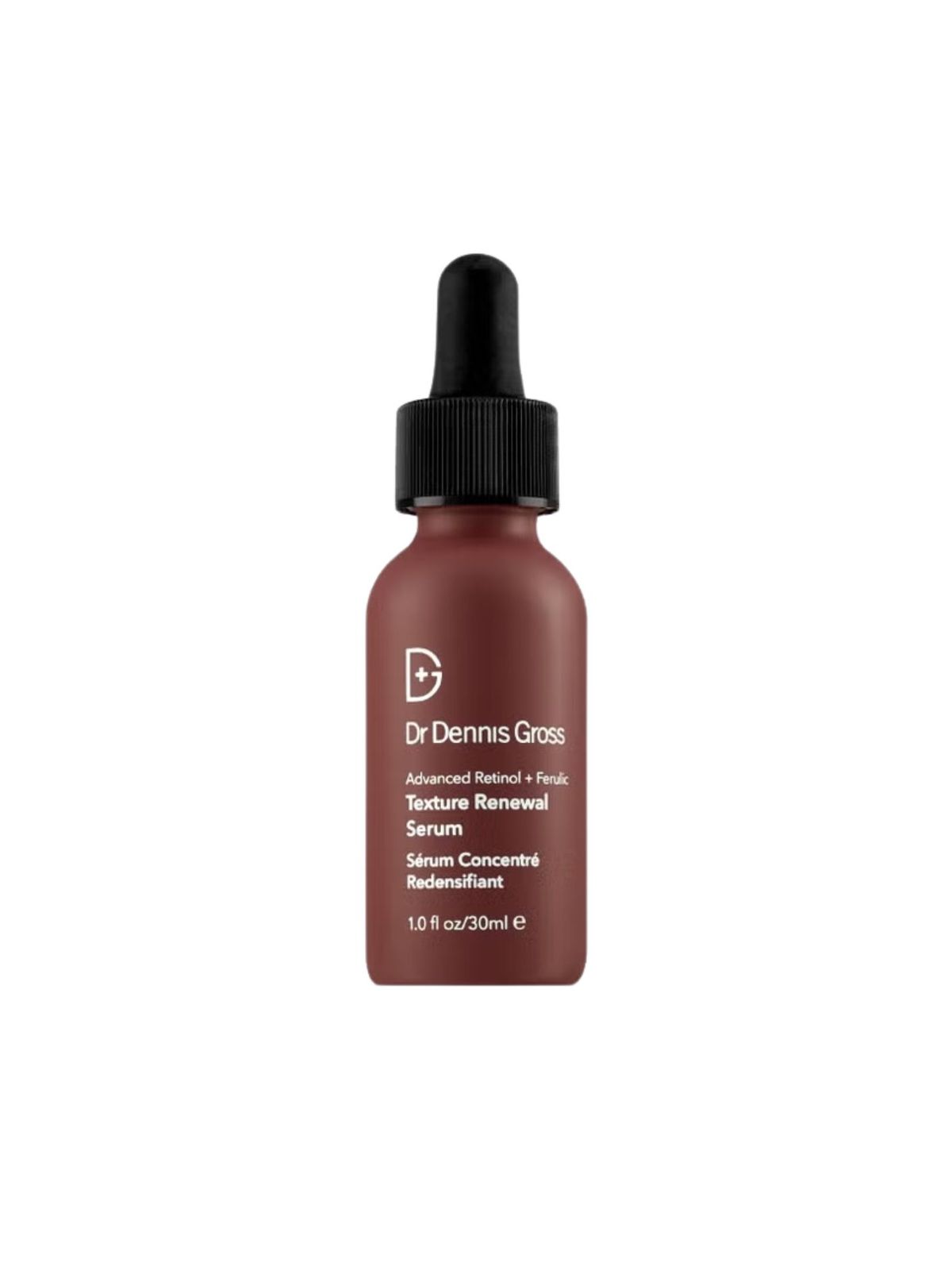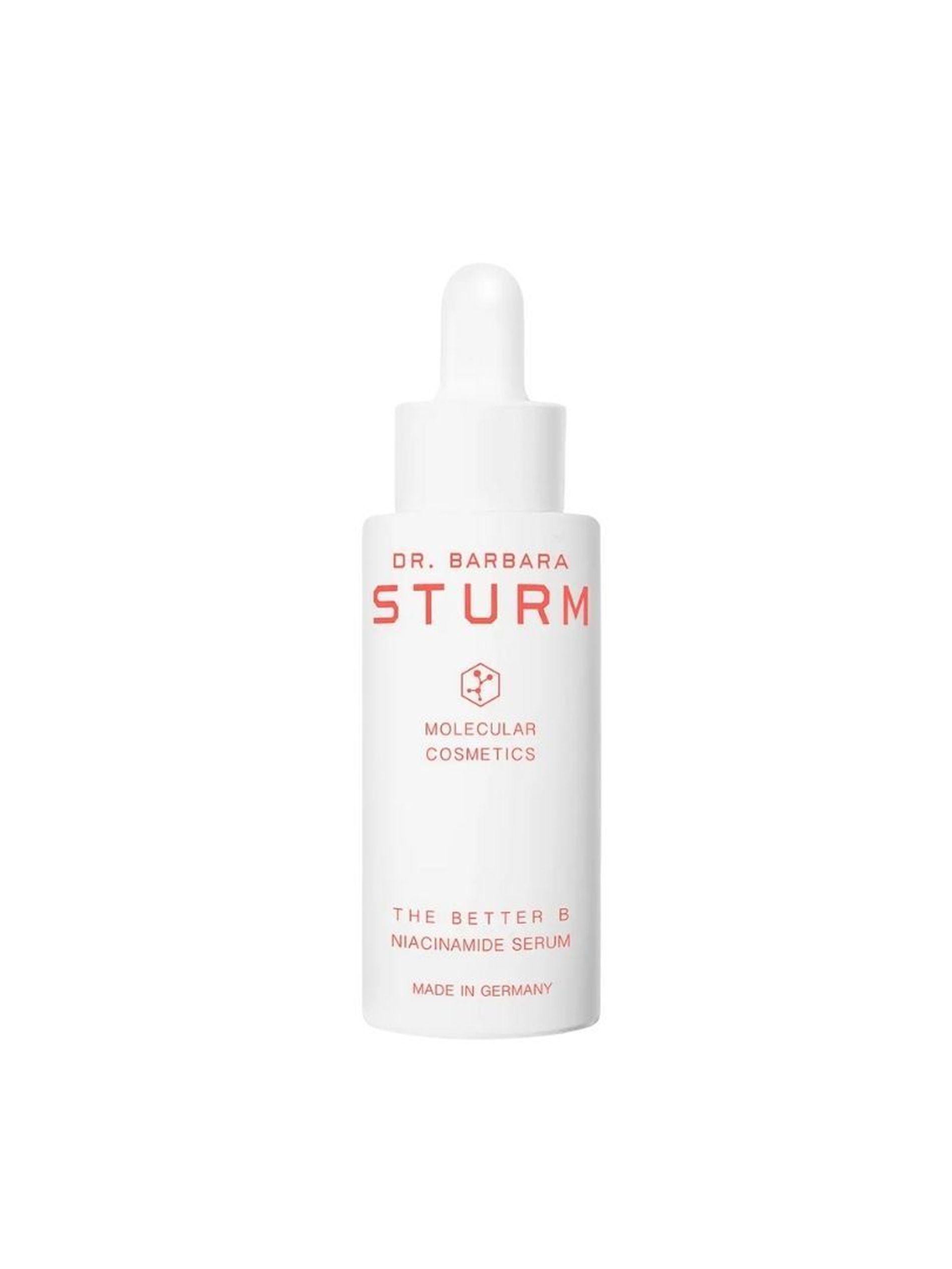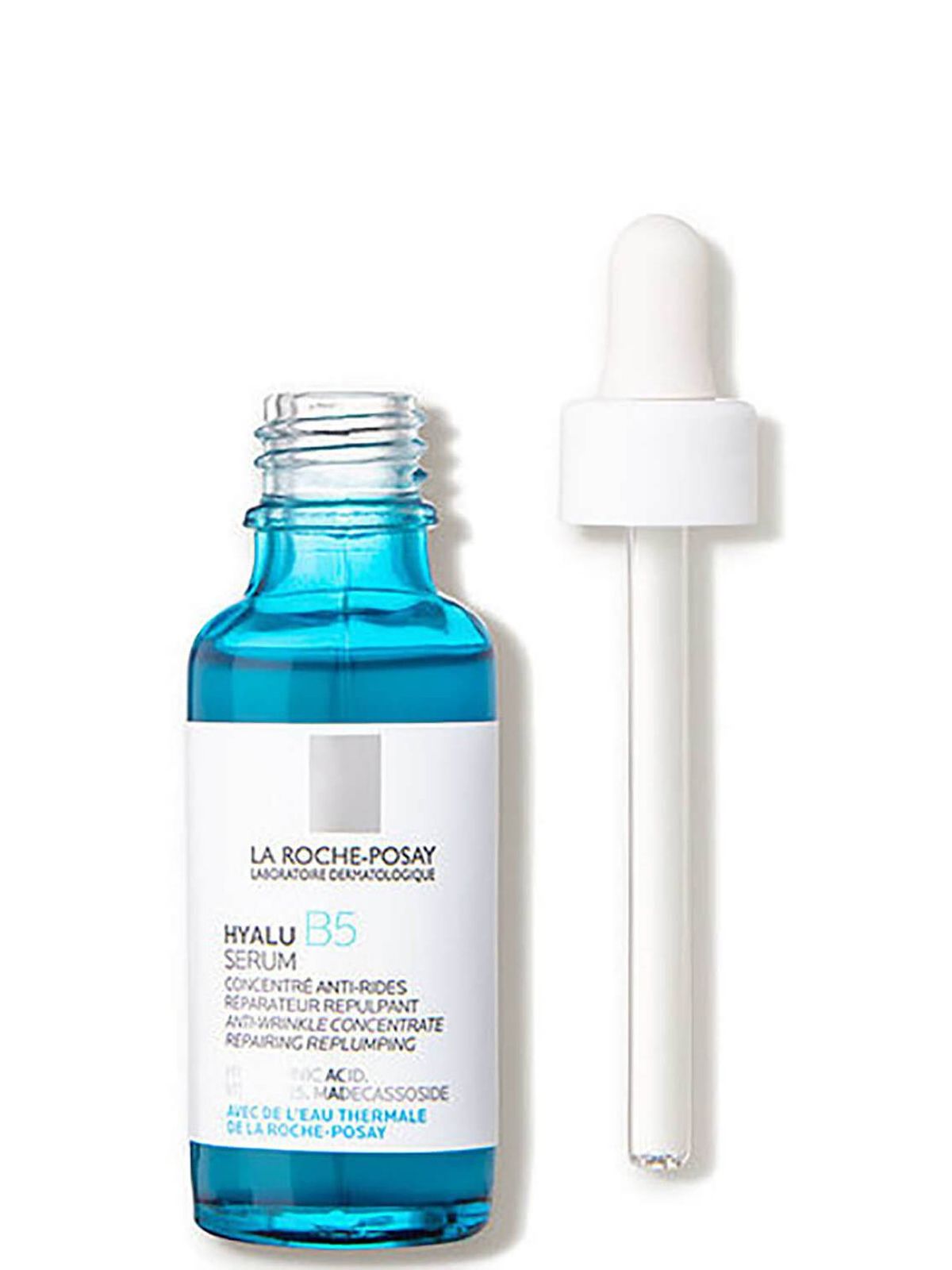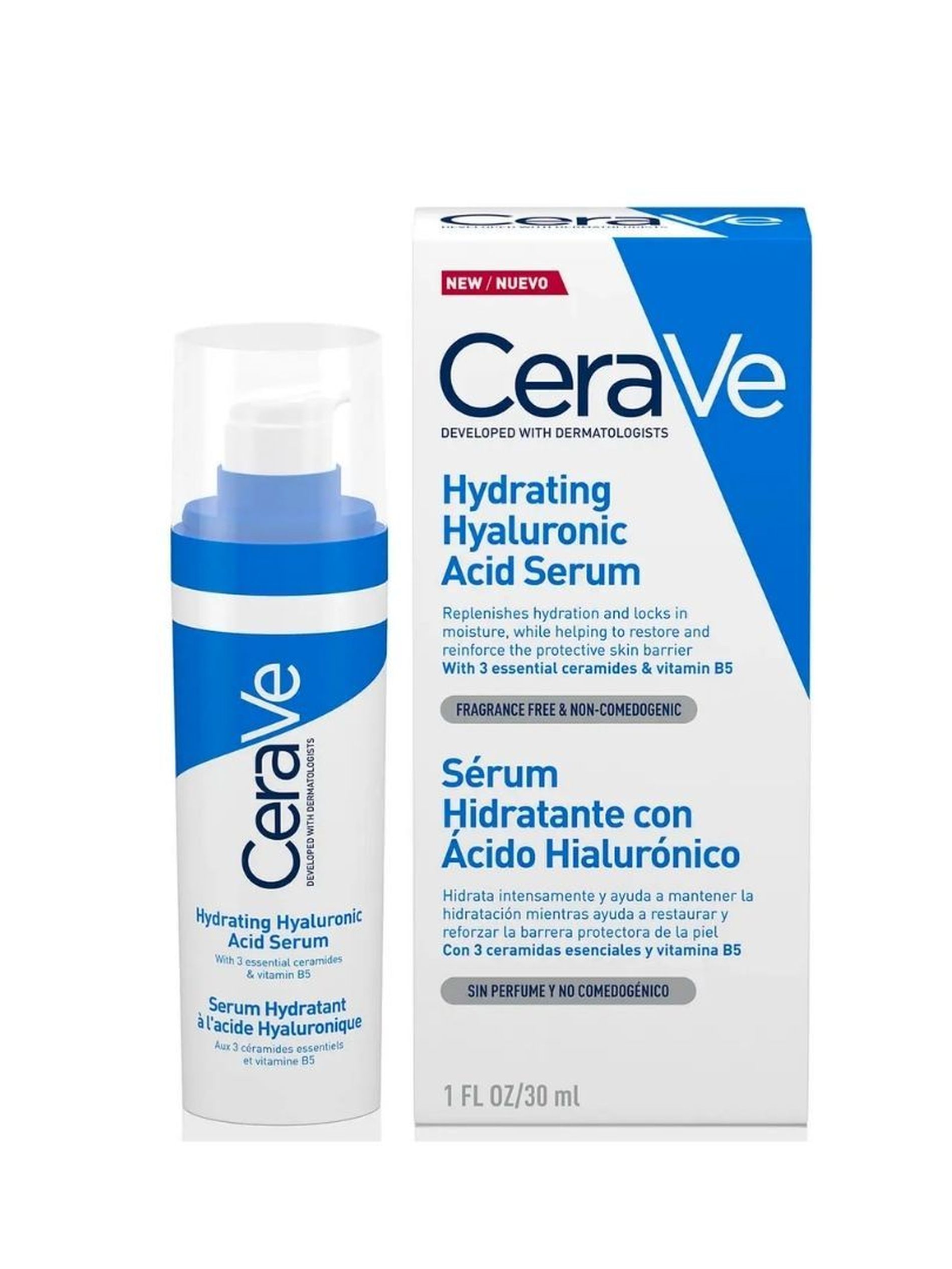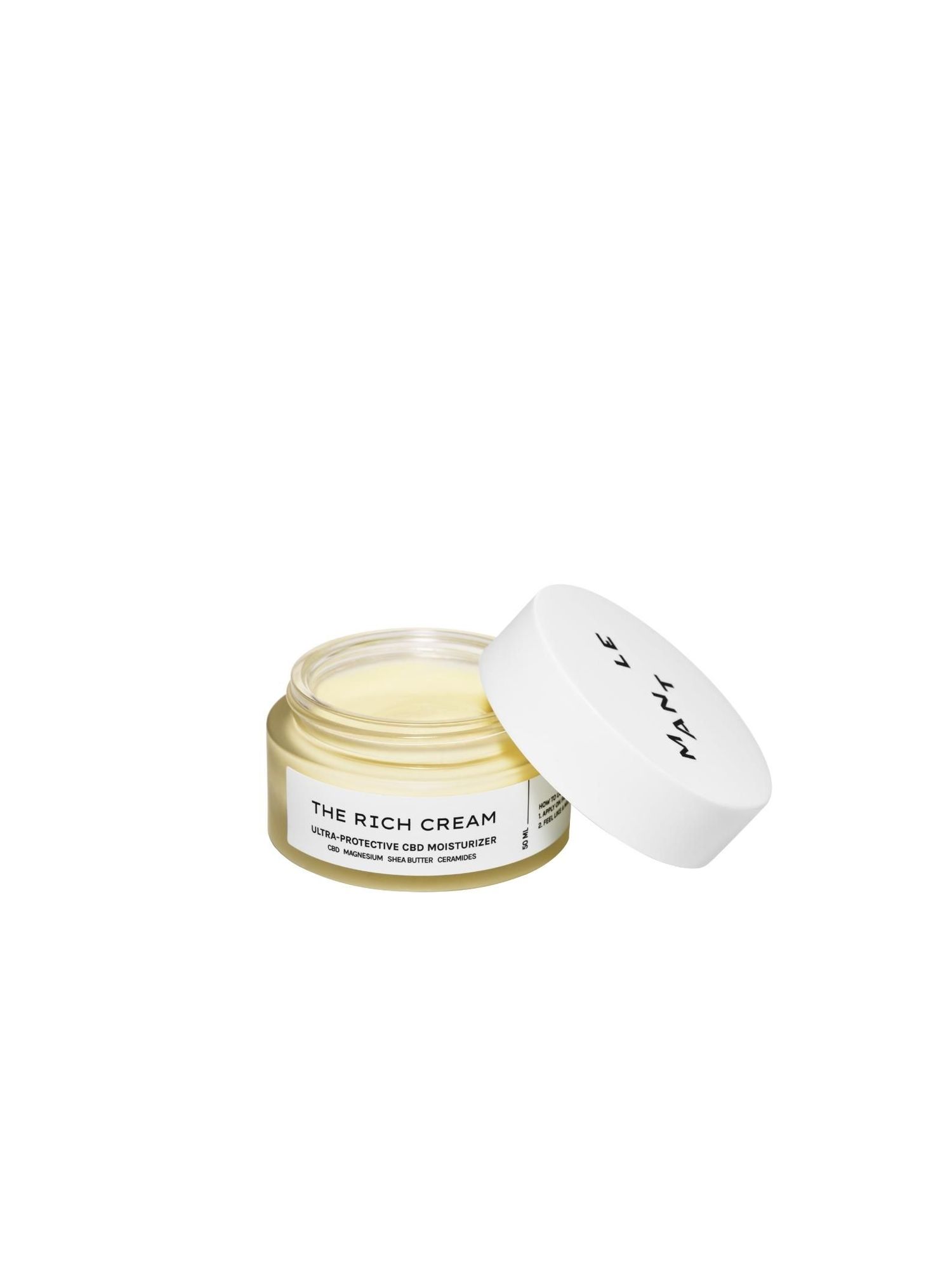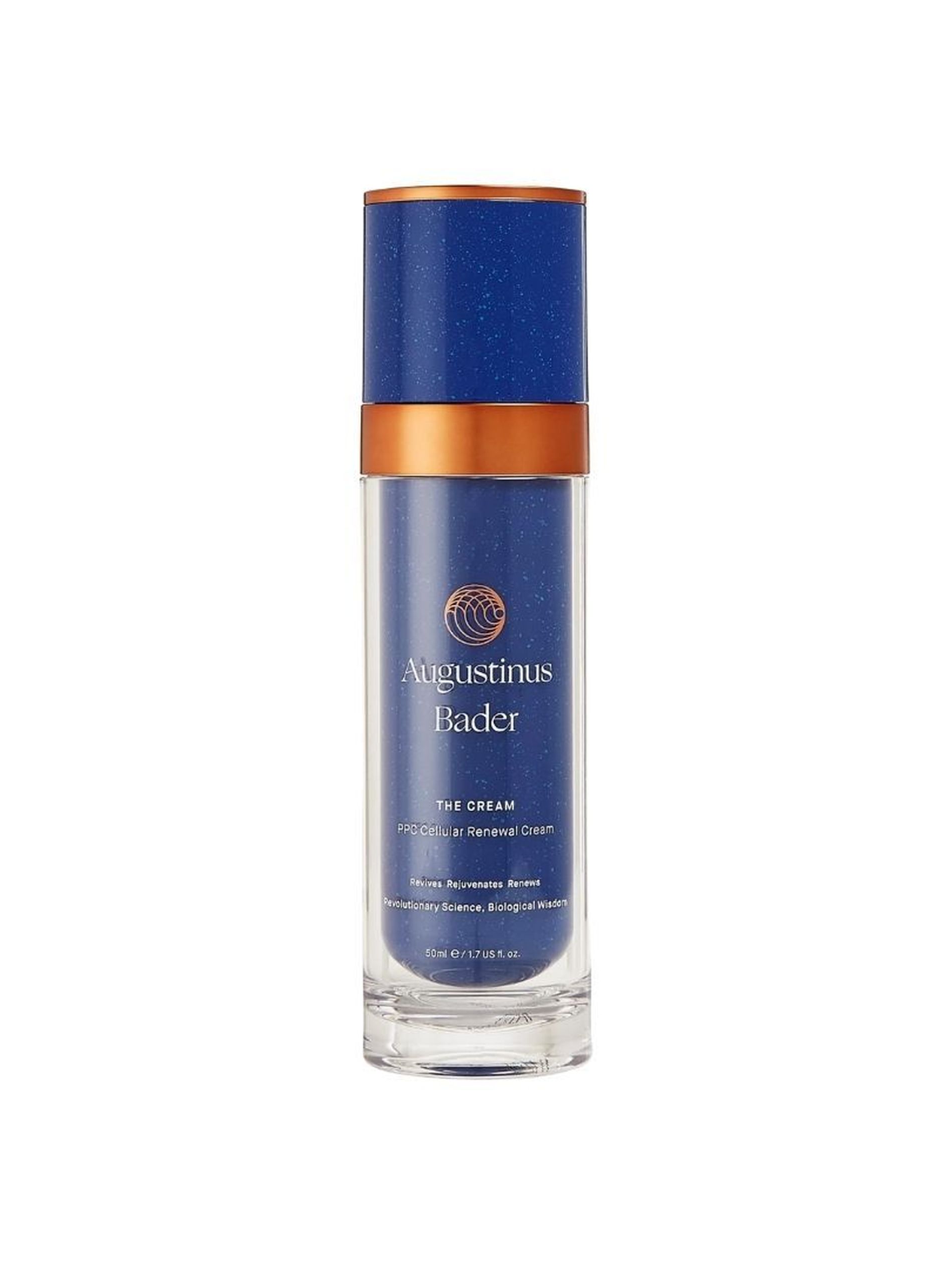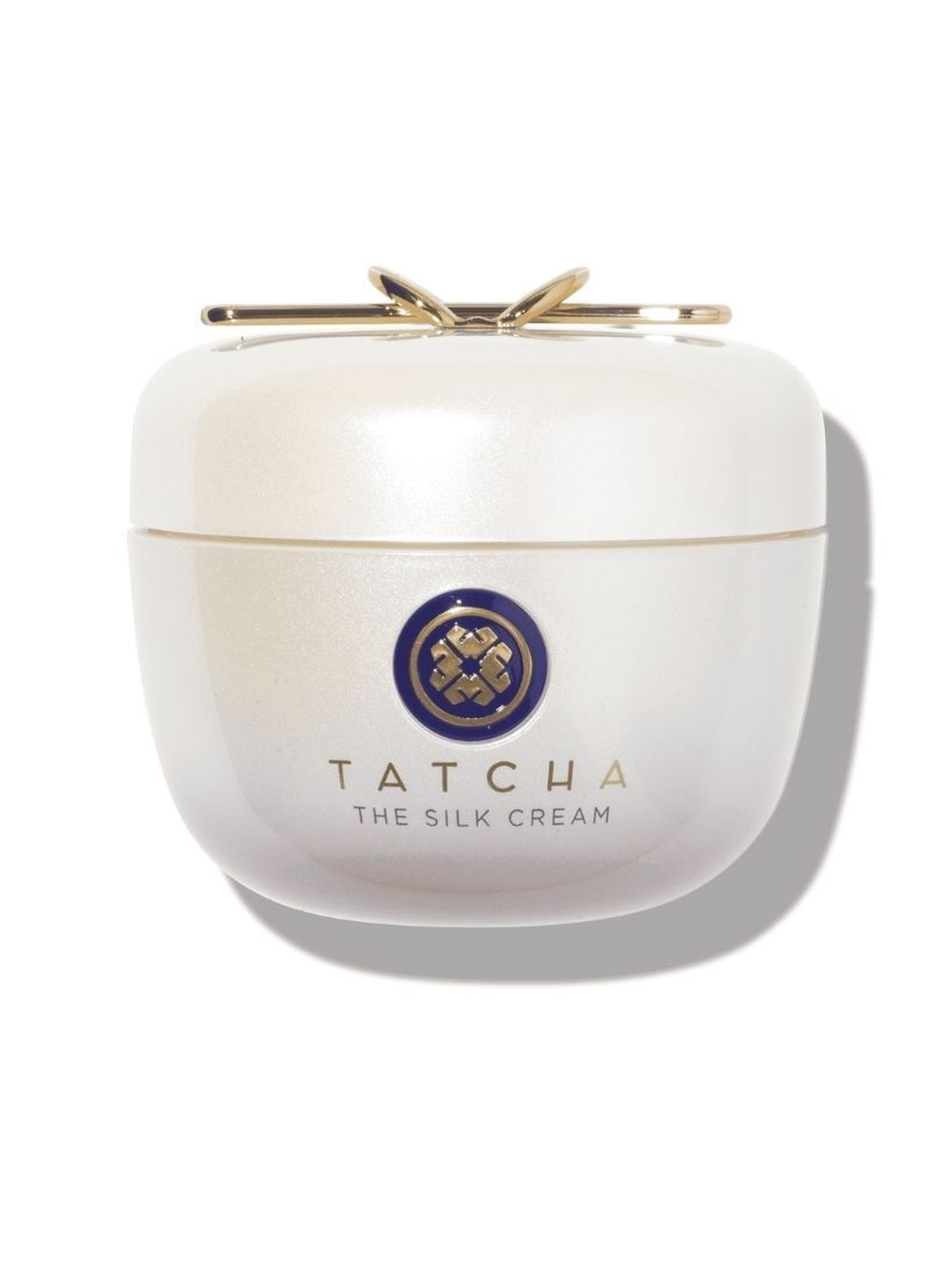Skin cycling is the latest beauty trend to take over TikTok. With a cool 3.5 billion views on the hashtag, far from being a weird and wacky method (as is often the case on the Gen-Z-led platform), the skin cycling trend actually has legs according to a number of skin experts and dermatologists. But what is it, exactly?
All products featured on Vogue are independently selected by our editors. However, when you buy something through our retail links, we may earn an affiliate commission.
“The concept of skin cycling applies to a nighttime skincare routine which involves using active ingredients only on certain days, and following them with ‘rest’ days,” explains Dr Alexis Granite. “A four-day cycle is the most popular, which typically comprises using active ingredients for two nights of the week, followed by two nights of rest – and repeating.”
The idea is that adopting a skin cycling routine can help prevent the skin barrier being compromised due to overuse of active ingredients – plus, it’s a great way to create a consistent and effective routine that helps the skin work optimally. The New York-based dermatologist behind the concept is Dr Whitney Bowe, who shared her vision for the ultimate skin cycling routine on TikTok.
Night one: exfoliation
“You want to cleanse [the skin], pat dry, then put on an exfoliating product,” explains Dr Bowes, who recommends using a leave-on product over something that’s wash-off, like a cleanser. Seek out chemical exfoliators, which contain ingredients like AHAs, BHAs and PHAs, instead of physical scrubs because they’re better for the skin barrier and more effective.
Night two: retinoid
On day two, apply a retinoid after cleansing. If you’re new to retinoids and skin cycling in general, begin by applying a hydrating cream to the sensitive areas of the face – under the eyes, around the corners of the nose and on the marionette lines – to act as a buffer and prevent dryness and irritation. Then, apply your retinoid over the whole face, down the neck and across the décolletage.
Nights three and four: repair and recovery
It’s time to look after the skin barrier and ensure the skin is adequately hydrated. Dr Bowes recommends cleansing, leaving the skin damp, and then applying a serum which contains ingredients like hyaluronic acid, glycerin and/or niacinamide. Follow with a moisturiser: “Choose a formula that’s really nourishing which will support the skin barrier,” says Dr Bowes. “If the skin is really dry, apply rosehip or squalane oil onto cheeks.”

